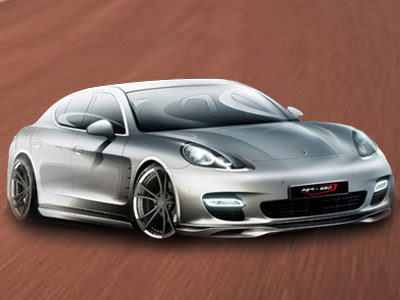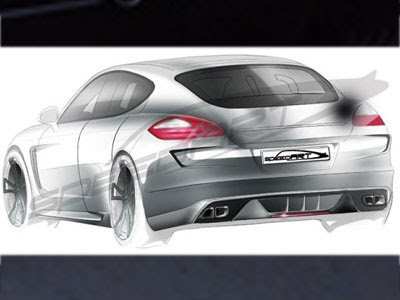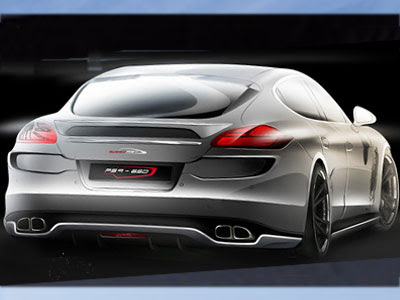Lamborghini Wallpapers
Lamborghini Wallpapers
Hot Lamborghini Cars
Hot Lamborghini Cars
Lamborghini Wallpapers
Hot Lamborghini Cars
Refinement is a word that best describes the 2008 BMW M3. Turn on the ignition and the engine is quiet, almost too quiet. Sure it delivers a lot more power than the previous version but it comes in a package that makes for a great daily driver.Push this car hard through a turn and you’ll feel safe knowing where the wheels are going. The car is a beast but unlike your average sports car, it’s a beast with manners. And should you get yourself in trouble, you can mash on the brakes and those massive rotors will get you out of it.
Instead of just raw power, the people at BMW decided to add precision, feedback and response. Approximately 80 percent of the parts in the new M3 are new. Highlights include a carbon fiber roof (a first for a production car), a suspension largely constructed of aluminum, and an aluminum hood/plastic front fenders.
The engine is a V-8 that weighs 33 pounds less than the previous generation’s straight six. It’s also a much higher revving engine. The experience is somewhat similar to the VTEC Honda sports coupe but with a lot more oomph.
The power-plant is constructed from aluminum silicon. In using this method, heavy steel liners can be discarded. The crankshaft weighs in at a feathery 44 pounds. Peak power comes once you hit the 8,000+ RPM range. The designers claim that a high revving engine makes for better control of the rear wheels.
Like its bigger sibling, the M3 can be tuned by the driver. The throttle sensitivity, shock rates, and stability control can be modified from the dashboard.
During a casual test, I found the normal mode to provide the best lap times. Control was neutral and easy to manage even during tight situations. The steering felt a bit disconnected at times. That’s due to a bit of electronic over engineering on the engineers part and the thick design of the steering wheel. There was also a tendency for a bit of understeer when the car was pushed to its limits on during private track time.
During extended testing, the brakes had a tendency to fade even when competition grade pads were installed. The manual transmission felt precise but the shift throws were a bit longer than I’d like.
In everyday use, the new M3 offers practicality. The M3 has great everyday road manners and the trunk space is plenty adequate. An energy recovery system is used to help power the electrics. The power comes from the energy released during braking.
This machine has evolved into something that’s approaching the performance of a 911 class car. It might look mild mannered but it delivers world class results. If you want a car that truly challenges your race driving skills, this is not the car for you. This is the kind of car that gives controlled feedback to the driver and even makes less skilled drivers look good.
But if I had to split hairs, this car doesn’t have the overall refinement of a true 911. The performance numbers are great but the overall driver feedback can feel a bit dead at times. People used to driving a Honda Accord will love this. More experienced drivers will expect a more tactile experience.
The
The 2010 Porsche Panamera
"Hatchback" has long been synonymous with small, cheap and undesirable in the U.S. car buyer's lexicon. Porsche plans to change that perception – with the force of a six-digit price tag.
The German carmaker just rolled out the Panamera, a large, fast four-door sedan featuring a hatch, which, unlike a standard trunk lid, exposes the car's interior when open. Drivers might sooner associate the feature with a $10,000 Hyundai Accent than a big luxury car.
Of course the Porsche is a better car than the Hyundai. It is more carefully put together, looks and sounds better, is faster and more fun to drive. But is it 10 times better, as its price may indicate? A few days with the Panamera was enough time to form an opinion.
The idea of a Porsche sedan may turn-off some of the carmaker's staunchest devotees. For them, Porsche is a sports-car company, and departures like the Panamera and the earlier Cayenne SUV of 2003 dilute the brand's purity.
"Hatchback" has long been synonymous with small, cheap and undesirable in the U.S. car buyer's lexicon. Porsche plans to change that perception – with the force of a six-digit price tag.
The German carmaker just rolled out the Panamera, a large, fast four-door sedan featuring a hatch, which, unlike a standard trunk lid, exposes the car's interior when open. Drivers might sooner associate the feature with a $10,000 Hyundai Accent than a big luxury car.
Of course the Porsche is a better car than the Hyundai. It is more carefully put together, looks and sounds better, is faster and more fun to drive. But is it 10 times better, as its price may indicate? A few days with the Panamera was enough time to form an opinion.
The idea of a Porsche sedan may turn-off some of the carmaker's staunchest devotees. For them, Porsche is a sports-car company, and departures like the Panamera and the earlier Cayenne SUV of 2003 dilute the brand's purity.
In that price range the Mercedes-Benz CL63 AMG ($145,200) is one of the larger sports coupes you’ll find. Based on the S-Class sedan, the CL63 has front interior dimensions similar to its larger sedan sibling, including an additional two inches of hip room. Headroom suffers, however, because of the sloped roofline.
The CL63’s sports car credentials include a 6.2-liter V-8 making 518 horsepower, and it has a zero-to-60-mph time of 4.5 seconds.
Other coupes in this price range are smaller than the C63 but could be accommodating: Jaguar XKR ($95,150), Maserati Gran Turismo ($117,500) and BMW X6 ($102,100).
Some sports cars have extremely aggressive side bolstering that can poke at your sides; in many cars this isn’t adjustable. The CL63, XKR, X6 and Gran Turismo have adjustable side bolstering so you can minimize the intrusiveness of that bolstered support.


